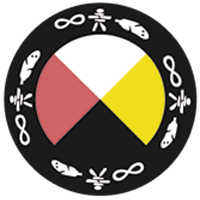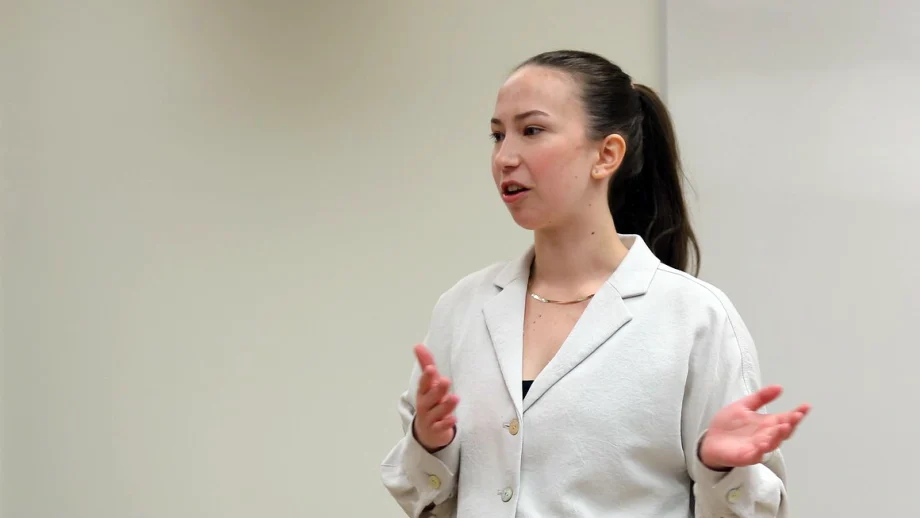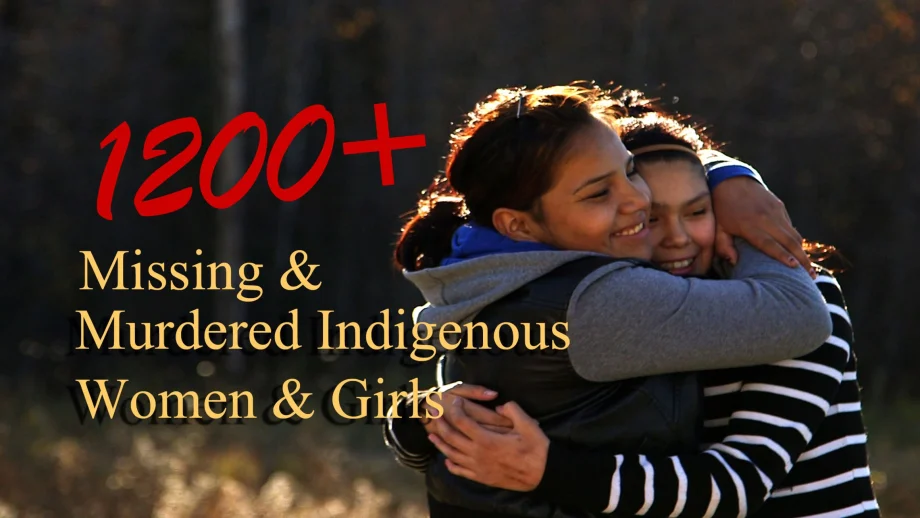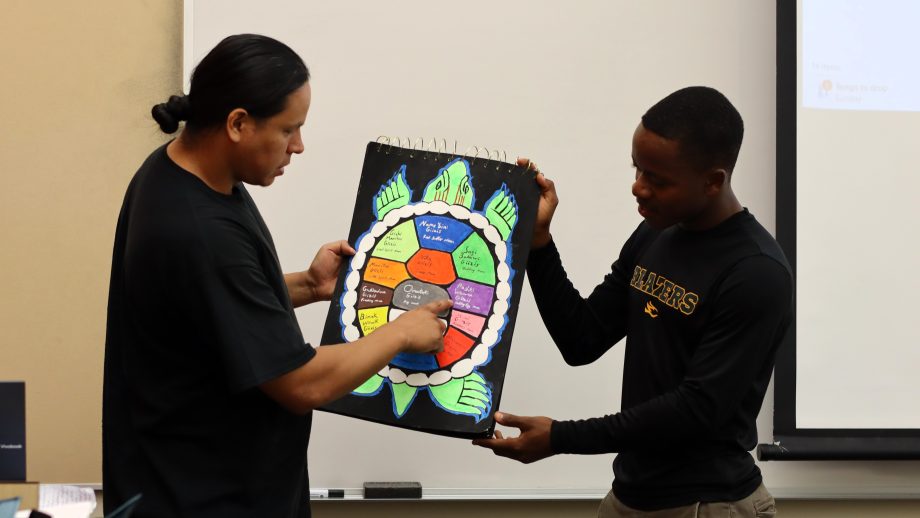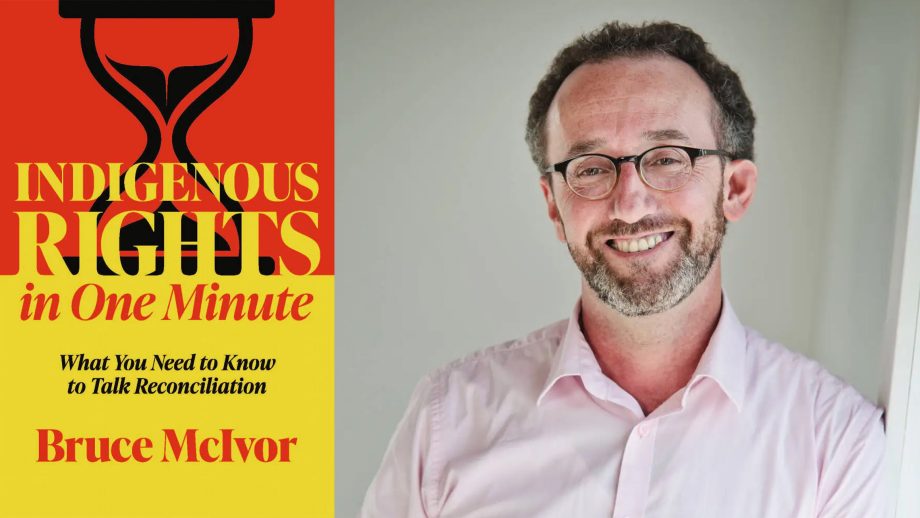Today The University of Winnipeg opened its new Aboriginal Student Services Centre (ASSC). Part of a strategic plan to better meet the needs of a growing population of Aboriginal students, the 3,000 square foot space is a home-away-from-home for more than 800 Aboriginal students. And as the next step in The University of Winnipeg’s commitment to creating a healthy living and learning environment for Aboriginal students, the University announced a community partnership with Southeast Resource Development Council.
The new Centre is the University’s focal point for culturally-relevant Aboriginal programming. Located on the 2nd Floor of the University’s Lockhart Hall, the new Centre includes study and meeting spaces, a computer lab, student lounge area, an Elder’s office, and staff offices. Now students, their friends, and family have appropriate space to interact with Elders and participate in healing circles and programs that encourage students to retain, embrace, and celebrate their identity as First Nations, Métis, and Inuit people as they navigate the halls of academia.
“I wanted a safe and comfortable place not only for Aboriginal students to study, read, and write their papers but also to form new friendships, support for each other, and hopefully develop lasting relationships,” said Dr. Mary Young, Director of Aboriginal Student Services at The University of Winnipeg. “In the short time that we have been in the Centre, these relationships are beginning to form.”
Construction of the $550,000 ASSC was realized through a contribution of $275,000 from CIBC to The University of Winnipeg Foundation, as well as a gift of $50,000 from The University of Winnipeg Students’ Association (UWSA). The new ASSC, along with the restoration of Wesley Hall, is one of a number of University of Winnipeg capital improvement projects generously funded in part by the Provincial Government in 2001. In its development stage, this project was supported by a gift from Honor de Pencier.
“Lifelong learning, supported by resources such as the Aboriginal Student Services Centre, is the keystone to self-sufficiency for Aboriginal individuals and communities and is essential to the success of the country overall,” said the Honourable Andy Scott, Minister of Indian Affairs and Northern Development and Federal Interlocutor for Métis and Non-Status Indians. “I commend the partners’ commitment to bring this centre from vision to reality.”
“The opening of the Aboriginal Student Services Centre is our next step in creating a healthy learning environment for Aboriginal students, but by no means our last,” said University of Winnipeg President Lloyd Axworthy.
Members of the community and University students, faculty, and staff looked on as Chief John Thunder and Dr. Lloyd Axworthy signed a Memorandum of Understanding, establishing a unique community partnership between Southeast Resource Development Council (SERDC) and The University of Winnipeg. Witnesses to the signing ceremony included Chief Francis Flett, on behalf of Phil Fontaine, National Chief of the Assembly of First Nations; Minister of Advanced Education and Training Diane McGifford; the Honourable Andy Scott, Minister of Indian Affairs and Northern Development and Federal Interlocutor for Métis and Non-Status Indians; and the Honourable Sue Barnes, Parliamentary Secretary to Minister Scott.
The Memorandum of Understanding between the two community partners committed them to working together to:
- promote Aboriginal education
- develop a one-stop health care clinic for SERDC membership and students, faculty, and staff of The University of Winnipeg
- develop an Education and Cultural Resource Centre
- explore child care opportunities for the surrounding community as well as students, faculty, and staff of The University of Winnipeg
- develop a mutual partnership in the 509-511 Ellice Avenue property
“In fulfilling our mandate as an open, accessible institution, as well as our responsibility to be a catalyst for change, this University is exercising its commitment to forge active partnerships with the Aboriginal community,” said Dr. Axworthy. “Beyond creating a welcoming, dynamic space for Aboriginal students, we—alongside partners like the SouthEast Resource Development Council—are dedicated to creating vital health and child care resources, as well as promoting Aboriginal education and culture in the community, for the community.”
In a symbolic gesture white, yellow, black, and red ribbons were braided by guest dignitaries and tied off with sweet grass. ASSC students hung the braid over the door to the new Centre as a reminder to all visitors of the power of diversity and the strength of community.
“The new ASSC has been 20 years in the making, and is now a reality, due to the persistence, long hours, and dedication of Dr. Mary Young and her staff,” said Laverne Bunn, Vice-President of The University of Winnipeg’s Aboriginal Student Council. “Thanks to their contribution and efforts, First Nations, Métis, and Inuit students have a place of light and laughter and where new and lasting friendships are formed.”

